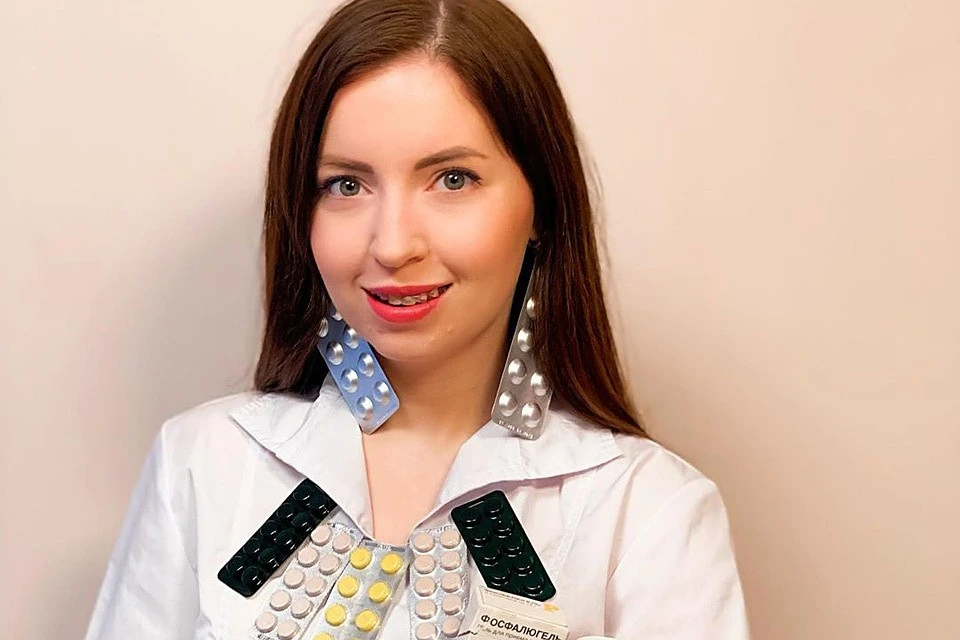

The world of nutraceuticals is changing rapidly. Just ten years ago, consumers associated dietary supplements mostly with “pills,” but today convenience, taste, and user experience are increasingly coming to the forefront.
At the international exhibition Vitafoods Europe 2025, dozens of new delivery systems were presented: from chewable gummies and soft chews to sustained-release capsules and innovative QR codes on packaging.
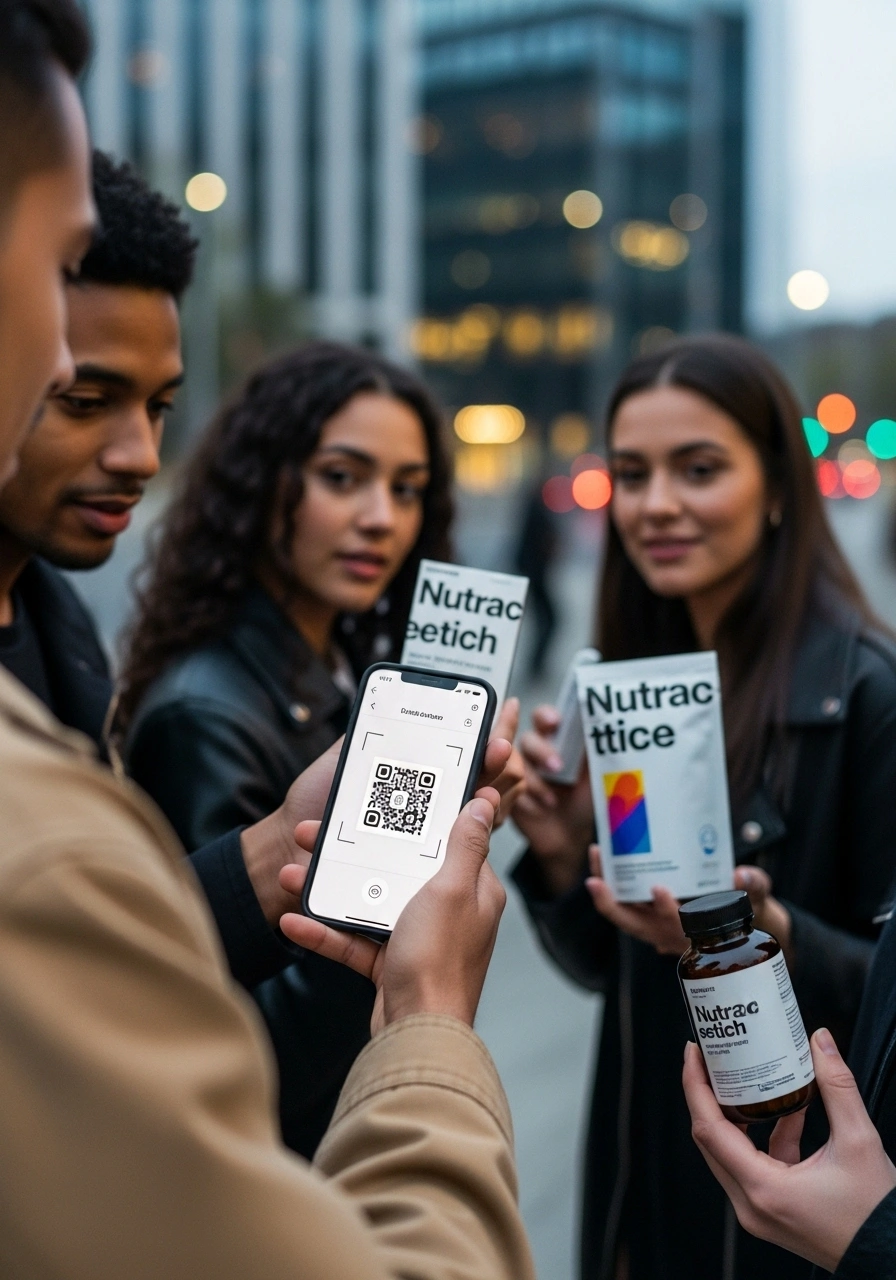
These changes not only make nutraceuticals more appealing but also build a new level of trust among consumers and healthcare professionals.
Why is the form changing?
Main reasons — growing compliance requirements and new expectations from Generation Z and Alpha. People no longer want to “swallow pills” — they seek convenience and a pleasant experience.
Key factors:
- Desire to integrate supplements into lifestyle (chewables, drinks, snack solutions).
- Demand for personalization (QR codes, intake tracking apps).
- Evidence and transparency requirements (clear labeling, certification, clean label).
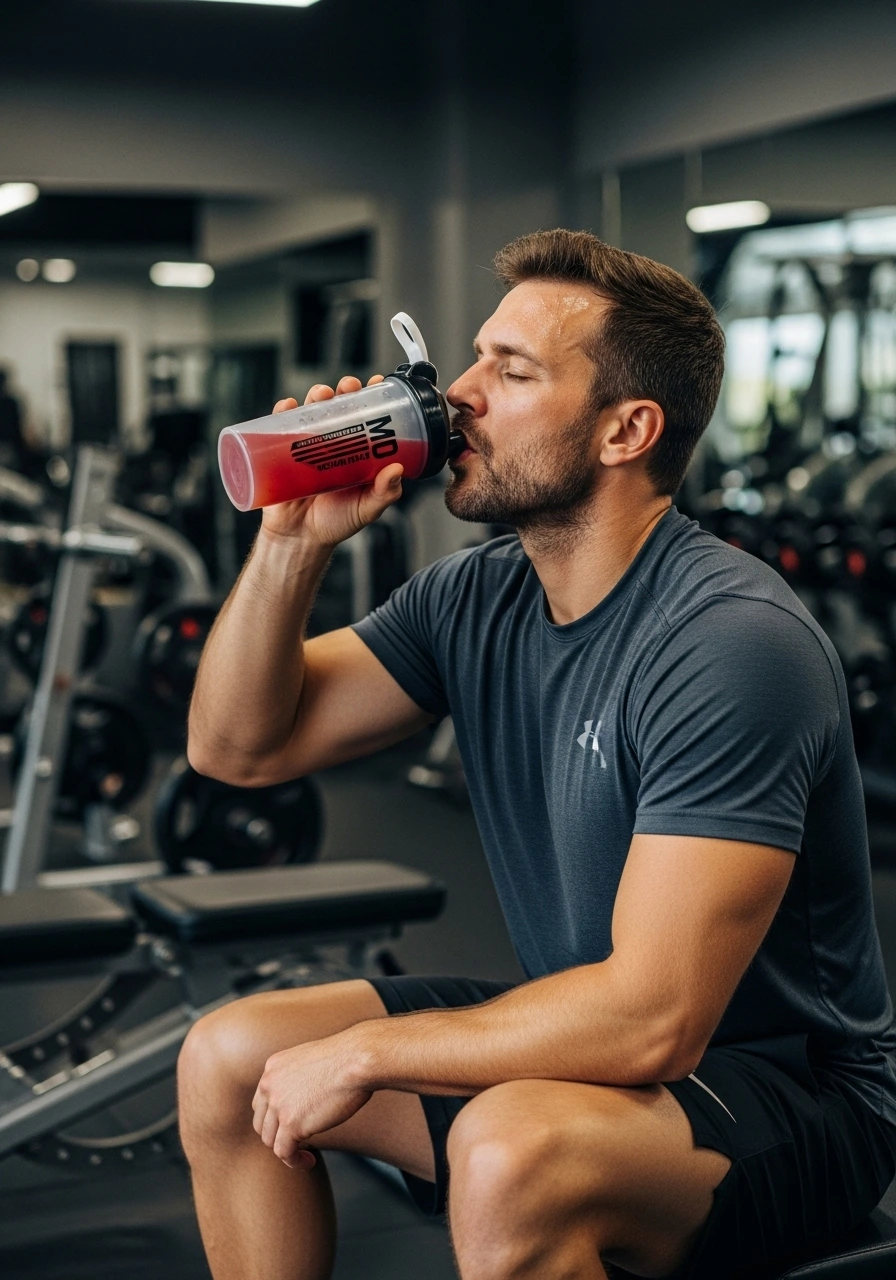
Chewable formats: more than just “candy”
Chewable gummies and soft chews have become a real breakthrough. They are suitable for both children and adults, offer a pleasant taste, and are easy to consume.
According to market data, the gummy segment is growing by 15–20% annually【1】.
However, there is also a challenge — dose control. Unlike capsules, gummies often contain lower concentrations of active substances and may include sugar.
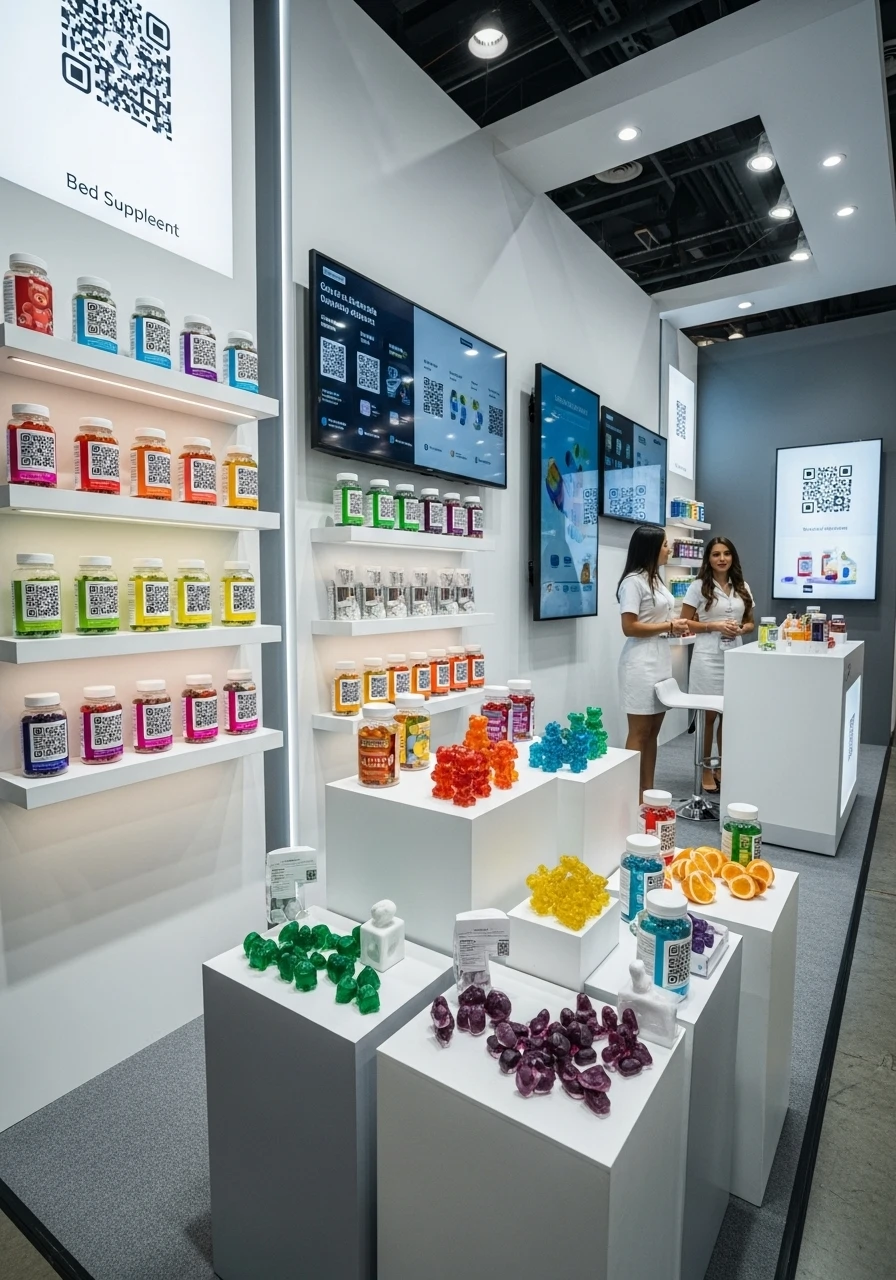
Sustained-release capsules
Classic capsules have gained new life thanks to targeted release technologies. For example, microencapsulation allows probiotics to be delivered specifically to the colon and protects omega-3 from oxidation【2】.
This makes supplements more effective and strengthens the evidence base for their action.
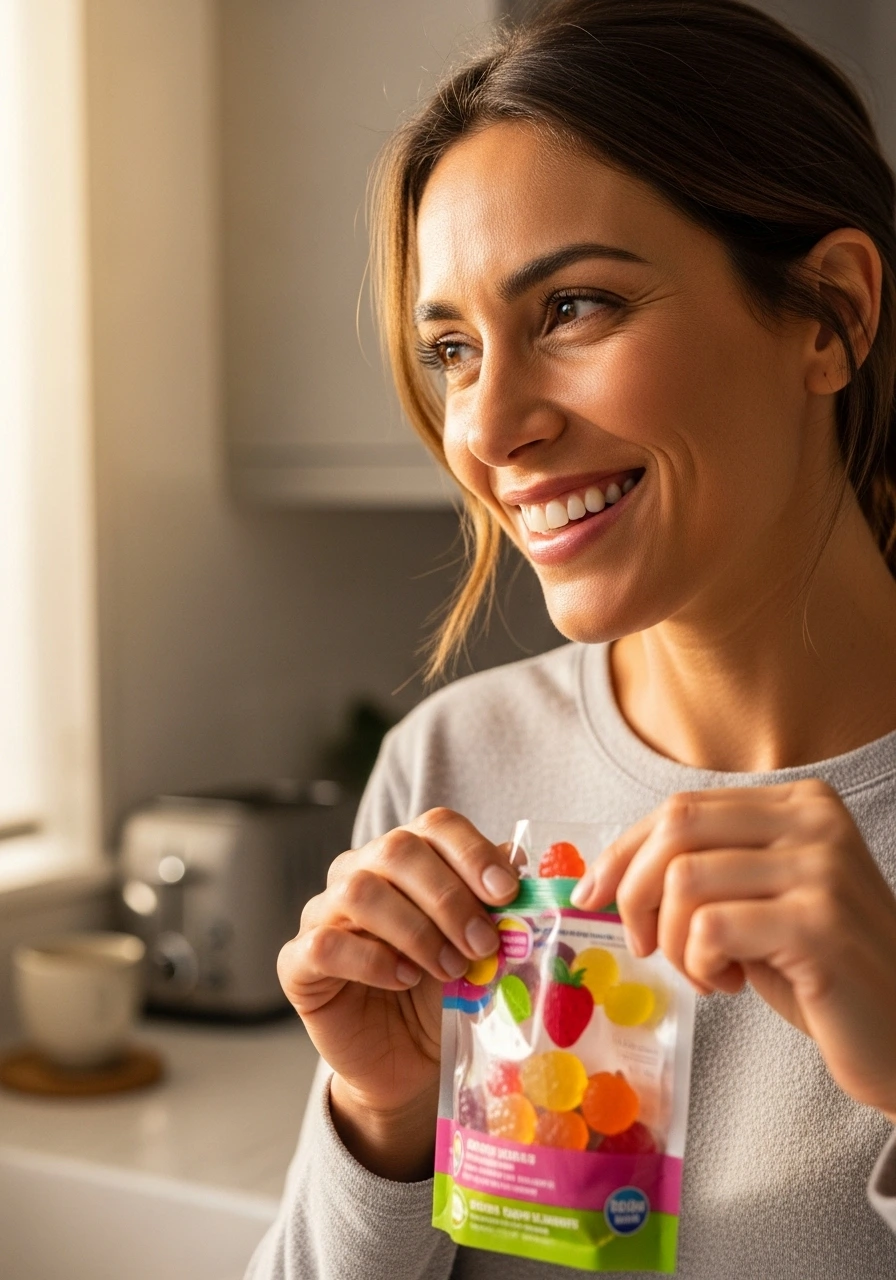
Digitalization: QR codes and apps
Another trend of Vitafoods 2025 is interactivity. QR codes on packaging provide access to:
- quality certificates,
- clinical studies,
- personalized intake recommendations.
For the consumer, this is not only convenience but also transparency — the ability to verify exactly what they are taking.
Table 1. Comparison of modern nutraceutical delivery forms
| Form | Advantages | Disadvantages | Best suited for |
|---|---|---|---|
| Chewable gummies | Taste, convenience, high compliance | Lower concentration, may contain sugar | Children, teenagers, adults with low capsule adherence |
| Sustained-release capsules | Targeted delivery, ingredient protection | Higher cost | People with chronic conditions, prevention |
| Drinks and powders | Fast absorption, easy integration into routine | Possible ingredient instability | Active people, athletes |
| QR codes, apps | Transparency, personalization | Dependence on technology | Younger generation, digital users |
Practical takeaways for consumers and professionals
- For consumers: choose a form that fits your lifestyle. If you don’t like capsules — consider gummies or powders.
- For professionals: new delivery systems can increase patient adherence to therapy, especially in prevention and long-term use.
- For the market: the future lies in combining technology and lifestyle.
Conclusion
The delivery forms of 2025 show that nutraceuticals are no longer just a “health pill” but are becoming part of everyday life. From taste and convenience to interactivity — all of this shapes a new level of trust and engagement.
References
- Mordor Intelligence. Gummy Supplements Market — Growth, Trends, and Forecasts (2024–2029).
- Anal AK, Singh H. Recent advances in microencapsulation of probiotics for industrial applications and targeted delivery. Trends Food Sci Technol. 2007;18(5):240–251.

